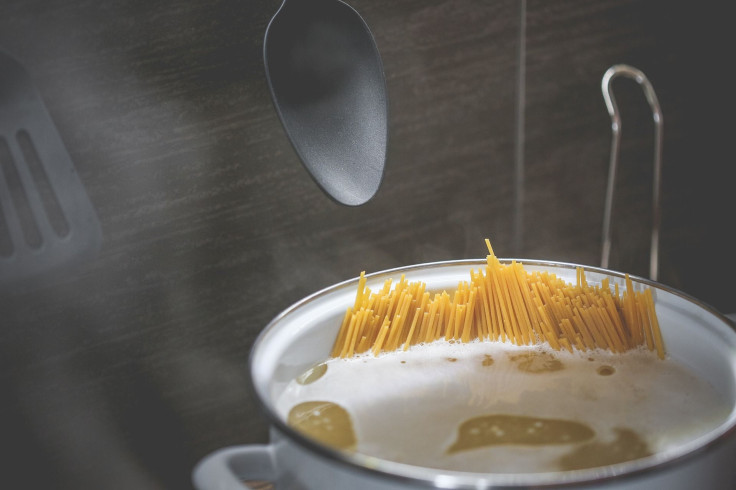How To Eat Carbs And Still Lose Weight: Resistant Starch Foods Improve Gut Bacteria

Carbohydrates can be confusing, especially when certain diets are designed to strictly cut them out. Nearly half of all Americans trying to lose weight are actively limiting their carb intake. But according to physician and columnist Dr. Mark Hyman, if you choose the right carbs, it can change your gut microbiome for the better, leading to a healthier, leaner body.
Carbohydrates are the fruits, vegetables, sugars, breads, and pastas that provide your body with the energy it needs to function properly. But when you overeat them, the body starts storing most of the calories from the carbs instead of burning them off for energy. Refined carbs, which are the white breads and pastries dieters label the enemy, are absorbed quickly into the bloodstream, converted into energy, and carried into the correct cells by the hormone insulin.
Resistant starches, on the other hand, are a type of carb that skip over the small intestine and are sent straight to the large intestine. Hyman explains that the slower process of digesting these foods improves the body’s metabolism, stabilizes blood-sugar levels, and boosts healthy gut bacteria. Ultimately, our cells are made out of microbial cells, which are influenced by what we eat. According to the Physicians Committee for Responsible Medicine, the bacteria that live in our intestinal tract flourish off of colorful, healthy foods and help us fight off obesity, Type 2 diabetes, heart disease, autoimmune diseases, and certain forms of cancer.
“Consider resistant starch to be compost or “super-fertilizer” for your healthy gut bacteria or gut microbiome, which profoundly connects to almost every part of your health,” Hyman, the medical director of Cleveland Clinic’s Center for Functional Medicine, wrote in an editorial in the Huffington Post. “As resistant starch enters your gut, hundreds of species of bugs digest or ferment the starch. From that process, those good bugs create many beneficial compounds.”
Adding Resistant Starch to Your Diet
Eating plenty of complex carbs, such as broccoli, eggplant, zucchini, green beans, bananas, artichokes, onions, garlic, leeks, and asparagus can help feed the good bacteria and starve the bad bacteria. For those who can’t let go of their pastas, potatoes, and rice, converting the starches by simply reheating them can help.
In 2015, researchers presented a new, healthier method for cooking rice that cut the amount of calories the body absorbed by 50 to 60 percent by increasing the concentration of resistant starch. Researchers tested 38 different types of rice because it’s a dietary staple for more than half the world’s population, and found if they simmered half a cup of it with a little coconut oil for 40 minutes, then refrigerated it for 12 hours, the process increased the resistant starch content.
Dieters can also eat sources other than rice, like potatoes or pasta, by using the same cooking and cooling method to transform regular starch into resistant starch.Once the starch is cooled immediately after being thoroughly cooked, it begins to act more like fiber than a refined carbohydrate, which prevents the blood sugar levels from spiking. After eating resistant starches on a regular basis, Hyman says the good gut bacteria will become optimal nutrient-processing machines in the body.
“When your good bugs flourish, they can then replicate, producing vitamins, regulating your hormones, excreting toxins and creating healing compounds that keep your gut healthy and functioning properly,” Hyman wrote. “Bad bugs and yeast overgrowth, on the other hand, overload your system with toxins that subsequently trigger inflammation, insulin resistance, pre-diabetes and ultimately weight gain.”



























